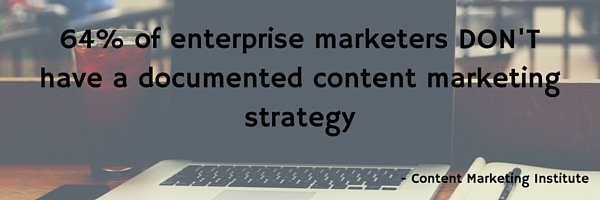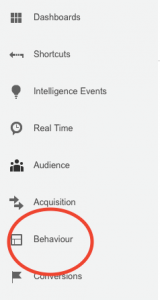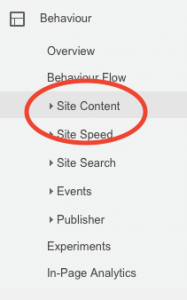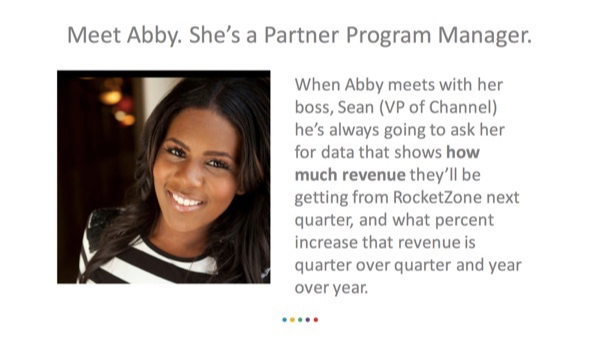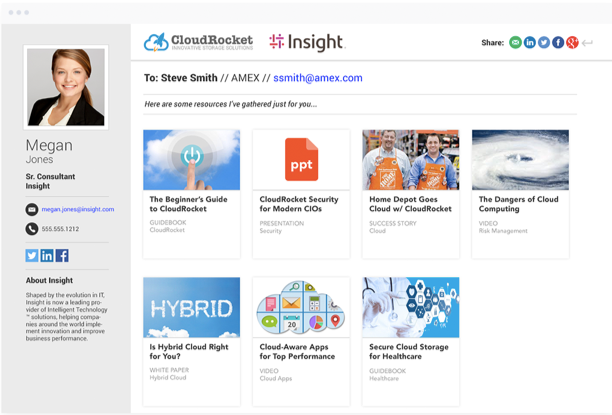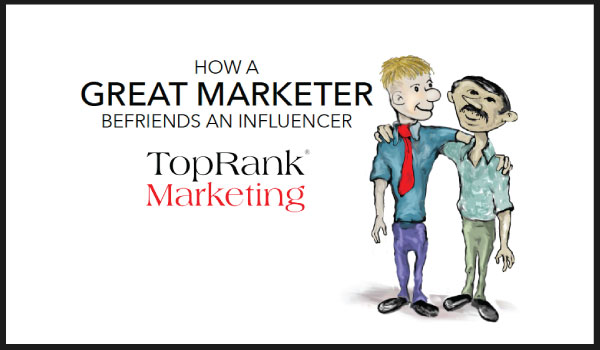
We finally finished the last month of the $100,000 challenge. March was an awesome month for Nutrition Secrets. Not only did the traffic grow to 218,811 visitors, but revenue did too-it went up to $121,492.65.
It wasn't hard to hit the revenue goals as we had enough fish oil in stock, plus we started to generate money from affiliate sales.
So let's dive right in…
Traffic
Compared to February, the traffic went up to 218,811 visitors and 269,814 pageviews. The increase was only 18,102, which isn't much.
But considering that the popularity of nutrition and fitness sites is cyclical (January and February are most popular) and that Mike didn't blog much on NutritionSecrets.com in March, it wasn't too bad.
Overall, Mike has slowed down on the blogging front. Over the next few months, he wants to try a few fun content formats such as infographics and wants to see what happens if we were to dump a few hundred grand into the blog. It won't be much of an experiment at that point, but we are just curious to see if we can get the blog to a million visitors a month.

Nonetheless, the traffic isn't performing too badly. Even in April, the traffic has been on an upward trend while little to no effort has been put into the blog since the challenge has been over.
Revenue
The revenue is a bit more complicated to breakdown as it is coming from two sources now: Amazon and affiliates.
In March, revenue from Amazon hit $112,573.30.

There are a few key elements to growing Amazon sales:
- Reviews – the more people you can get to leave a review, the better off you are. Most people don't even read the reviews, but if they are high in ratings and you have tons in quantity, you are in good shape. If you have a blog that's driving sales, a great way to get more reviews is through marketing automation. You can promote the product to your email list, and then after a few weeks of promoting your product to those people, you would send an automated email asking them to leave a review. You won't really know who bought the product, but you would still put the review email-applicable to a portion of your list-in your sequence.
- Keywords – with Amazon, you can add keywords. Most people add basic ones like “fish oil,” but as you know, it is all about the long tail. Amazon opened it up so you can stuff hundreds of keywords now, and with the use of Google Keyword Planner, you can come up with popular variations. You'll then start ranking for tons of keywords on Amazon.
- Combating negative Amazon reviews – similarly to what happens when people employ negative SEO, competitors sabotage your Amazon listing by taking up your front page with terrible reviews. They do this to tank your sales so they can generate more income. You fight this by building up your email list on your blog and continually blasting out to your list when you have bad reviews, asking your readers to up-vote the positive ones.
- Ads – Amazon allows ads on its platform. Whether it is profitable or not, ads help you generate more sales. And if you can increase your sales velocity, you'll find that your listing climbs up higher and starts to stick-it stays up there even after your ads stop showing. Sure, other people can do the same thing, but most don't.
As for affiliate income, we started to push stuff by the Truth About Abs guys. We started doing email blasts to our list in order to generate the sales, and it has been working out well. The copy isn't too bad, but there are two reasons it's working out well.

- We collect a lot more emails – we are generating 300 to 400 email sign-ups a day. It's much larger than our previous numbers for one reason: we turned off double opt-in. Aweber usually requires double opt-in when you use third-party software to collect emails, but Mike called Aweber and got them to disable double opt-ins.
- Good copy – our copy converts well. You can see an example email below. And we have many more emails like this in the sequence. So, we continually send you affiliate offers over time, which helps.
Here is the email copy we have been testing:
Email – This plant food HARMS your metabolism & heart
Hi {!firstname_fix}
Sometimes it's not the enemy you know that's the problem, but the friend you think you know.
In this case, I'm talking about nutrition in foods. It's common knowledge that stuff like sugary drinks are just plain bad for you. The best you can say is that your body can absorb the bad effects if you only have them occasionally.
But what about foods you thought weren't bad, and you heard were actually good for you?
I have some bad news, and some good news. The bad: some so-called “healthy” foods may be the cause of why you work so hard to eat healthy and haven't seen the results you expected. The good news: There's a solution I read about from best selling author Mike Geary. Read on… (removed affiliate link)
Email – 2 Simple steps to REMOVE visceral belly fat (the DEADLIEST type)
Hi {!firstname_fix}
People often refer to past times as “the good old days” with a nostalgic tone. At least when it comes to many nutritional and health practices, I think of them more like the “bad old days.”
For example, people thought the wonders of science had delivered new, healthy products called “trans fats” that were featured in margarine, to replace that nasty butter. We now know that trans fats are about the worst thing you can coat your innards with.
People also thought they could do “spot reducing” of unattractive belly fat by using those jiggling-belt machines, or some other gimmick.
Well, belly fat certainly is still unattractive, and research says it's also a danger sign. But research has also identified more-effective ways of getting rid of that spare tire. Here's how. (removed affiliate link)
Email – 7 “fatty” foods for a flat stomach
Hi {!firstname_fix}
I spend full time on nutrition- and health-related activities. That's the business I'm in.
I'm also an improvement junkie, always looking for the latest, best information. So you can imagine that I've pretty much seen it all: Every product, every supplement, every type of exercise.
Most of them are underwhelming. Yawn.
I'm writing you today because I recently came across something that made me sit up and pay attention. It's a short-term blueprint for eating the right foods to burn substantial fat, and it's all explained here… (removed affiliate link)
You can find high converting offers on sites such as Clickbank. They even sort the offers by popularity. I need to get a screenshot of our Clickbank revenue and our other affiliate income sources from Mike as he created the accounts and has the logins. Once I do, I will update the post with a screenshot (we use three networks).
The total affiliate revenue was $8,919.35.
Profit
As for monthly profit, it was high…but for a different reason than you might think. When you sell tangible products, you buy tons of inventory and then sell it over the following few months. We didn't want to be out for our last month, so we spent a good chunk of money in the previous month, and, of course, we bought more in March.
Here is a breakdown of the expenses:
- Fish oil – $68,492.52 (including Amazon fees, shipping to Amazon for Prime, coupon-related expenses, and producing more inventory)
- Aweber – $149
- Designer – $375 (continually tweaking the site)
- Hosting – $249
- Mike – free (Mike doesn't get paid, but he owns a percentage of the blog)
- Accounting – $290 (we are now paying a bookkeeper to help out with the books)
Total expenses came out to $69,555.52.
That brings the total profit to $51,937.13.
Of course, to maintain the growth, we would have to keep buying fish oil, but after awhile, we would cap out on sales, and our margins should be a healthy 30% plus. As for March, I didn't spend much on buying tons more inventory as I wanted to show that selling supplements can be profitable.
Conclusion
Overall, the $100,000 challenge was fun, but I wouldn't do it again. It's just too much work with everything I have going on.
It was still a good learning experience. One thing I realized is how much harder it is to rank on Google today compared to 5 years ago. Almost all of my sites are old, so it is much easier for them to rank.
And although NutritionSecrets.com generated good traffic, if it were 5 years ago, the blog would have been at a million visitors a month with the same amount of effort.
So, what do you think of the $100,000 challenge?

